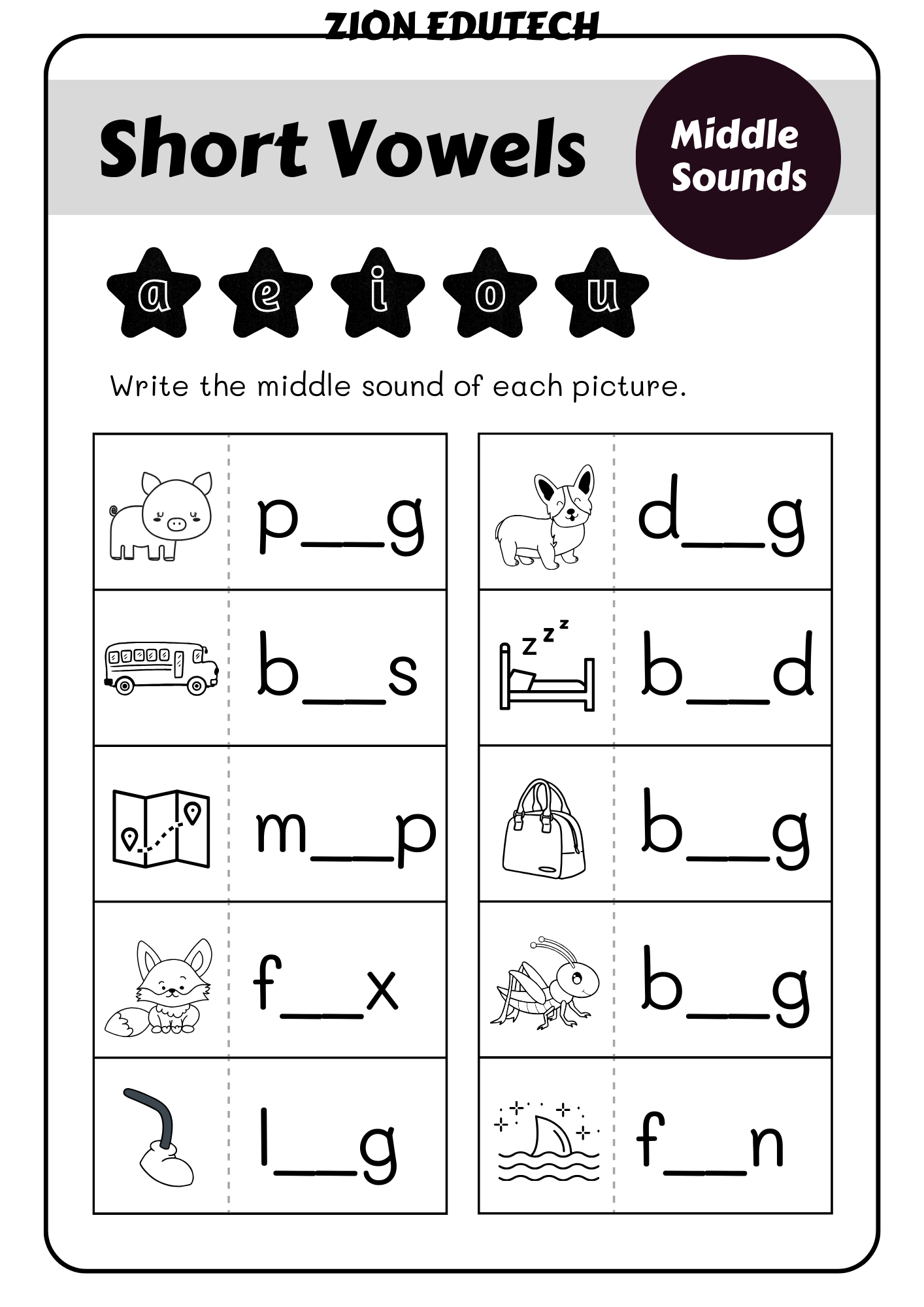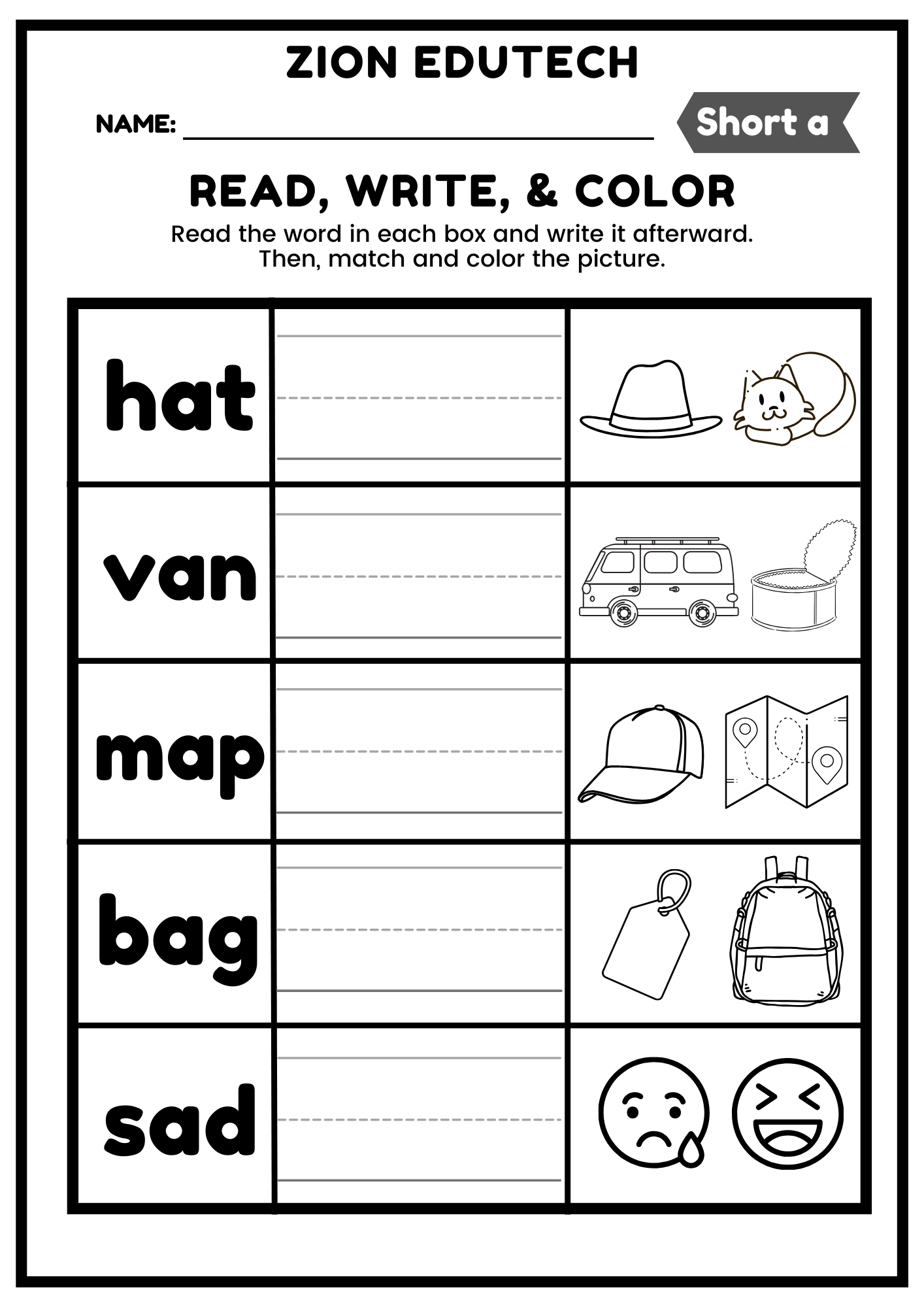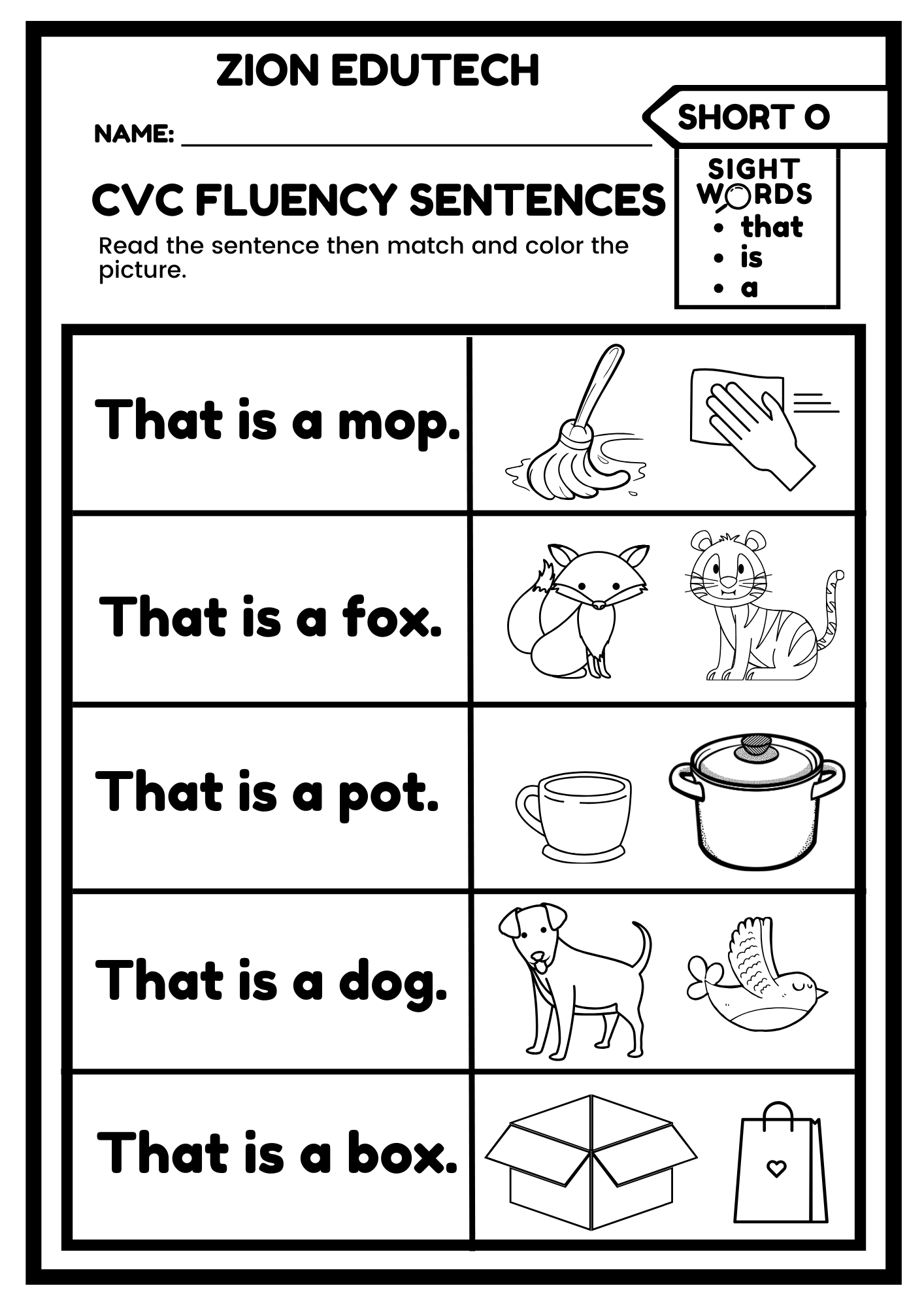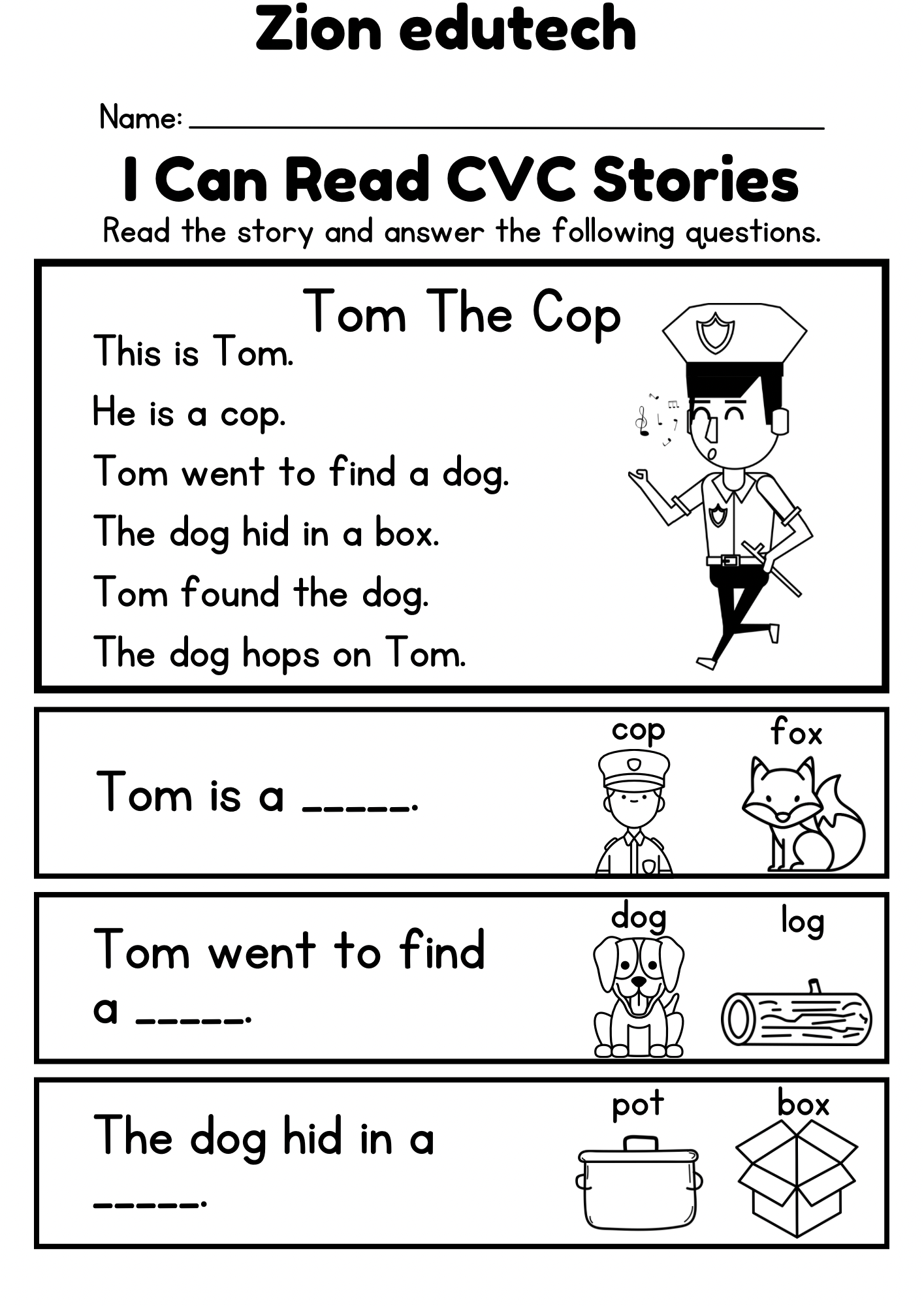Today, we dive into the whimsical world of reading! A few months ago, little Dave’s mom was at her wit’s end. No matter what she tried, Dave just couldn’t get the hang of reading his textbooks because the basics of reading were as clear as mud. Let’s be honest – teaching kids to read isn’t as simple as ABC. It’s a tough gig, filled with twists and turns. Sparking their interest in reading, helping them memorize words, and ensuring they recognize them the next time around is no small feat. But don’t worry, we’ve got some playful tips and tricks to make this journey fun and effective.
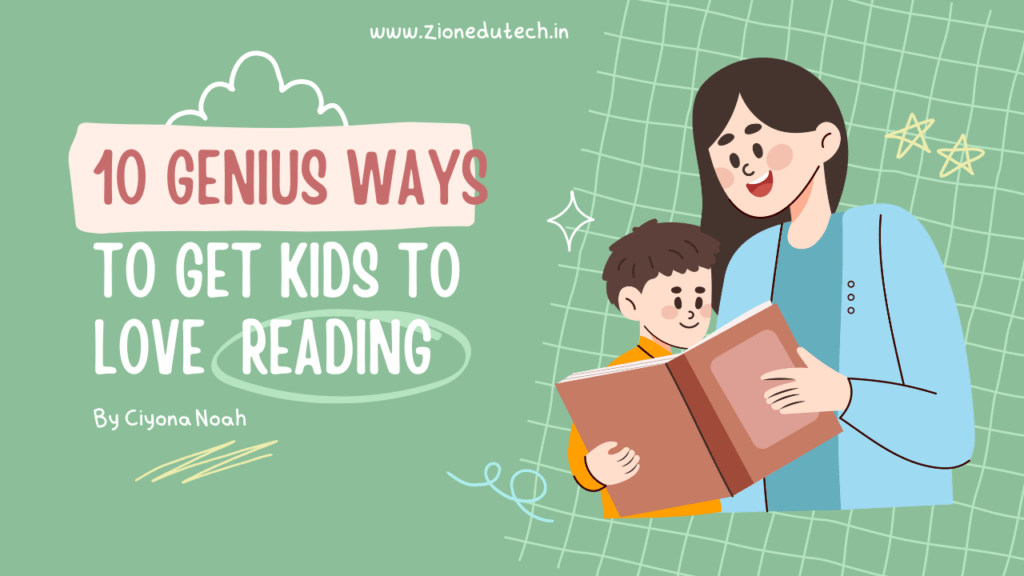
1. Take a Deep Breath
First things first, take a deep breath – both you and the kiddo. Panic is the enemy here. If you’re stressed, the little one will be too. So, clear your minds of fear and frustration. When I worked with Dave, the first step was building a connection. We had to get comfortable with each other, and that made all the difference. 😊😊😊
Download CVC Words
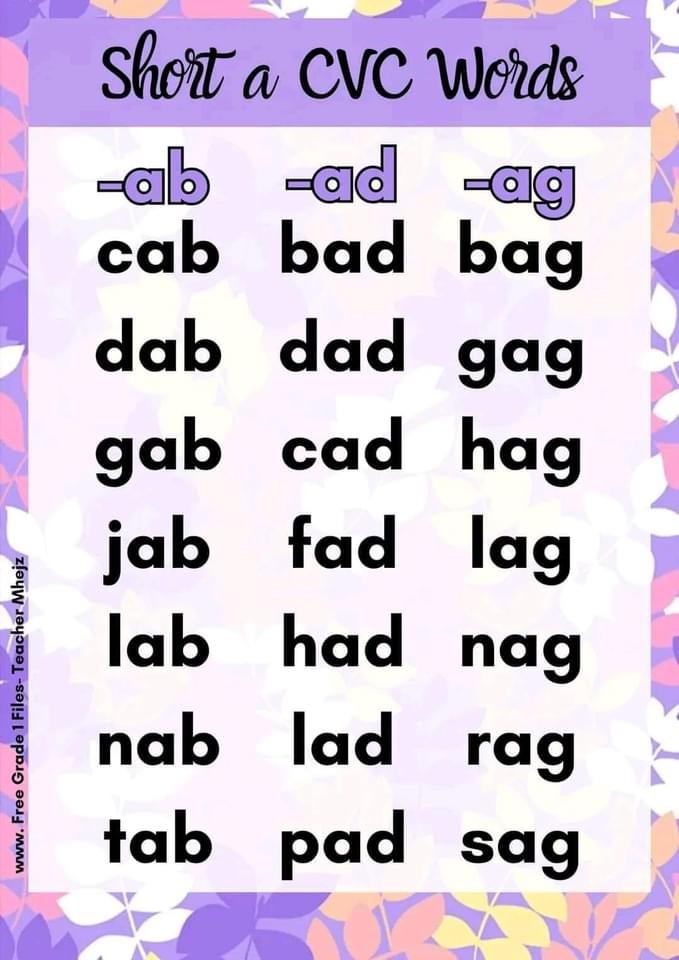
2. Give a Quick Glimpse
Start each session by giving your child a sneak peek of what’s on the menu for today. Whether it’s ‘at’ words or ‘all’ words, a quick overview helps set the stage. This little preview can transform the daunting task of learning into an exciting adventure. 👀👀
3. Help with Memorization
Remember, kids have goldfish memories when it comes to new words. They might forget them within five minutes. Combat this by making the child spell out the word and say it ten times, counting on their fingers. Repetition is key, and soon those words will stick!
Download our Free Flashcards to Develop Visual Memory

4. Develop Word Recognition
Here’s a common pitfall: your child reads and memorizes a word, but when faced with it in a new book, it’s like they’ve never seen it before. This happened with Dave, and it’s a normal hurdle. To tackle this, switch up the books you use for practice. This variation helps reinforce word recognition across different contexts.
5. Use Free Reading Worksheets
Our free reading worksheets are a treasure trove of fun and learning. They’re packed with images and cartoons that make memorizing words a breeze. These worksheets can be a fantastic tool to keep the learning process engaging and effective.
6. Make It Fun with Games
Turn learning into a game! Play word matching games, scavenger hunts for letters, or even create a word bingo. These activities make reading a playful experience rather than a chore.
7. Celebrate Small Wins
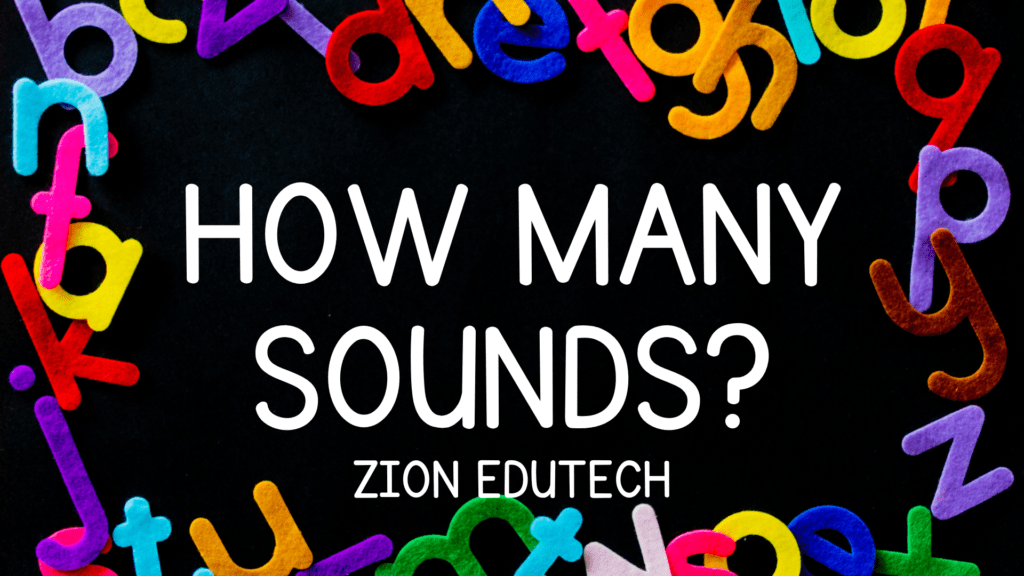
Download Our Game of Sounds
Celebrate every small victory. Did your child remember a word? High five! Recognize it in a different book? That calls for a mini celebration! Positive reinforcement goes a long way in building confidence and enthusiasm.
8. Storytelling and Role-Playing
Encourage storytelling and role-playing. Let your child create their own stories using the words they’ve learned. This not only reinforces their understanding but also makes them feel like they’re part of the story, making the learning process much more enjoyable.
9. Read Aloud Together
Reading aloud together can be a magical experience. Take turns reading pages or acting out scenes from the story. This shared activity can foster a love for reading and strengthen the bond between you and your child.
10. Use Multi-Sensory Approaches
Engage different senses to reinforce learning. Use colorful flashcards, sing songs, or even use tactile methods like writing words in sand or shaving cream. The more senses involved, the better the retention.
Dave can now read fluently, complete sentences and sometimes when he does not know the word, he makes up his own pronunciation.
Conclusion
Teaching kids to read is an adventurous journey filled with its fair share of challenges and triumphs. By staying calm, creating a fun learning environment, and using these playful tips, you can help your child develop a love for reading. Remember, persistence and patience are key. With a bit of creativity and a lot of encouragement, your little reader will be well on their way to mastering the magical world of words!
